Last updated on November 4th, 2024 at 07:25 pm
This article explores what Reiki is, how it works, the 5 Reiki Principles and the benefits of Reiki for kids and teenagers. Plus the best Reiki books available currently. It’s the ultimate guide to Reiki for teenagers and children.

What is Reiki?
Reiki is a form of alternative therapy that originated in Japan in the early 20th century. The word “Reiki” comes from two Japanese words: “rei,” which means universal, and “ki,” which means life energy.
Reiki practitioners believe that there is a universal life force energy that flows through all living things, and this energy is essential for maintaining balance and promoting well-being.
The Reiki philosophy is that energy is responsible for a person’s state of health and well-being. If this energy is low, it can lead to feeling unwell or stressed. When high, it leads to a good or ‘balanced’ state of health and well-being.
The number of hospitals incorporating the use of Reiki, and other complementary therapies, is increasing as a more holistic approach is sought. There is some, although not yet extensive, scientific research which shows that Reiki can reduce stress, pain, depression and anxiety for both adults and children.
TIP: If your child is experiencing anxiety or low mood, take a look at my post on How NLP For Kids Can Help With Anxiety. The Wellbeing Section of my blog has lots of other posts on how to support your children and teens in navigating life.
Reiki Essential Facts
Energy Healing:
Reiki is based on the concept that a practitioner can channel universal life force energy through their hands to promote healing. The energy is believed to flow through the practitioner and into the recipient, helping to balance and align the energy centres (otherwise known as the ‘chakras’) in the body. The energy will travel to where it’s needed – where there is a blockage or deficiency – and it will seek to restore a good balance, both physically and mentally.
Hands-On or Distant Healing:
Reiki sessions can be hands-on, where the practitioner places their hands on or near the recipient’s body, or they can be conducted without touch, and even from a distance. In distant healing, the practitioner sends energy to the recipient regardless of physical proximity.
Chakras:
Reiki is often associated with the concept of chakras, which are energy centres in the body. Practitioners may focus on these energy centres during a session to balance and cleanse them. The seven chakras and their colours are:
- The Root Chakra (Red)
- The Sacral Chakra (Orange)
- The Solar Plexus Chakra (Yellow)
- The Heart Chakra (Green)
- The Throat Chakra (Blue)
- The Brow Chakra, or ‘Third Eye’ (Indigo)
- The Crown Chakra (Violet)
Gentle and Non-Invasive:
One of the key characteristics of Reiki is its non-invasiveness which makes it safe for all. The practitioner’s hands are usually placed lightly on the recipient’s body, or just over the body. This makes it a gentle and relaxing experience. Despite this, it can still have a very powerful effect on many.
Holistic Approach:
Reiki is considered a holistic approach to healing, addressing not only physical ailments but also emotional, mental, and spiritual well-being. It is often used as a complementary therapy alongside conventional medical treatments.
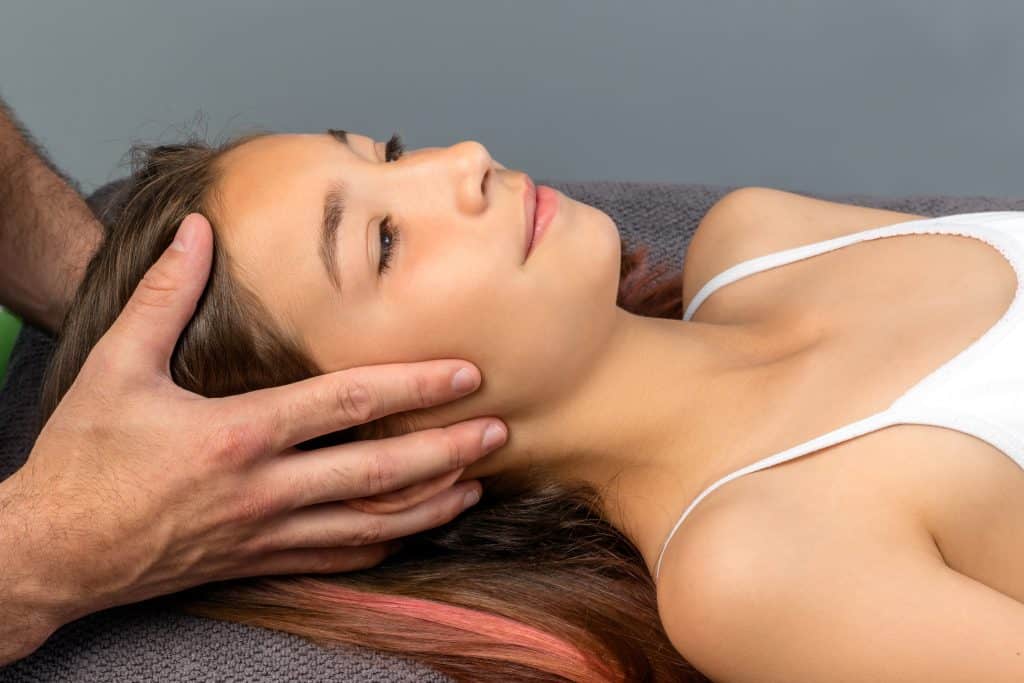
The 5 Reiki Principles
The Five Reiki Principles, also known as the Five Reiki Precepts or Five Reiki Ideals, are a set of guiding principles in Reiki that are intended to promote personal and spiritual development. They work well in your everyday life too. The 5 Reiki principles are attributed to Mikao Usui, the founder of Reiki. They are:
Just for today, I will not be angry.
This principle emphasises the importance of letting go of anger and embracing a sense of peace and harmony in the present moment. It encourages the avoidance of anger, in light of its negative effects on mental and physical well-being.
Just for today, I will not worry.
Worrying about the future can cause stress and anxiety. This principle encourages you to focus on the present moment, trusting that things will unfold as they should. It emphasises the idea of living one day at a time.
Just for today, I will be grateful.
Gratitude is a central theme in many spiritual practices. This principle encourages people to have gratitude for what is in their lives. By focusing on gratitude, you can shift your mindset to appreciate the positive aspects of your experiences.
Just for today, I will do my work honestly.
This principle emphasises the value of honesty in your work, and actions generally. It encourages you to act with authenticity, to be truthful, and to maintain a sense of integrity in all your endeavours.
Just for today, I will be kind to every living thing.
Kindness and compassion are core values linked to this principle. It encourages you to show kindness not only to other people but to all living beings, maintaining a sense of interconnectedness and empathy.
These principles serve as a moral and spiritual guide for those keen to explore Reiki, promoting a positive and mindful way of living. While they are often recited in their traditional form, you might find different variations. You may choose to interpret and express the 5 Reiki Principles in a way that resonates with your own personal beliefs and values.
Reiki For Kids
Although the treatment may be similar, there are a few things to consider when it comes to Reiki for kids and it’ll be slightly different to Reiki for adults. When it comes to introducing Reiki for children, it’s important to adapt the practice to their level of understanding and comfort.
Here are a few considerations for Reiki with kids and teenagers:
Simplified Explanation:
When considering how to explain Reiki to a child, try and describe the concept of energy in a way that is simple and relatable for kids. You might use metaphors like: “Imagine your body is like a garden, and Reiki is like watering the plants to help them grow strong and healthy.”
Interactive Sessions:
Make the sessions interactive and engaging. You can incorporate storytelling, visualisation, or even simple hand movements that kids can mimic to make it a more enjoyable experience.
Respect and Consent:
Always prioritise the child’s comfort and obtain their consent. Explain the process in a way that reduces any fear or apprehension they might have.
Parental Involvement:
For younger kids, having a parent present during a Reiki session can provide a sense of security. As a parent, you may also wish to learn basic Reiki techniques to use at home. Take a look at some of the best Reiki books below to help you with this.
Benefits of Reiki For Kids
It’s important to remember that individual reactions to Reiki can vary from person to person. Approach it with an open mind and focus on it being a positive and nurturing experience for your child. Reiki won’t have any negative effects on your child, but it may make them feel certain sensations they’re not used to, such as warmth, tingling or an increase in energy for example. It’s a good idea to prepare them for this before a treatment session.
Reiki for kids does not cure diseases or illnesses but helps them channel their energy to allow their bodies and minds to naturally bring about an optimal state of being. However, when it comes to Reiki for children, treatments can have the following benefits:
- Better Self-regulation and reduced hyperactivity
- Increases energy levels
- Boosts mood
- Improves focus and concentration
- Reduces fatigue and aids better sleep patterns
- Reduces anxiety, stress and fear
- Greater sense of peace, relaxation and inner calm
- Reduces incidences of irritability and sadness
- Relieves pain
While Reiki can be of benefit to any child, there are some things it can be particularly effective for. These include:
- Obsessive Compulsive Disorders (OCD)
- Behavioural issues
- Anxiety, stress and fears
- Attention Deficit Hyperactivity Disorder (ADHD) or Attention Deficit Disorder (ADD)
- Sleeping Difficulties
- Anger and Self Regulation issues
- Sensory processing disorders
- Autism
- Lack of energy and/ or body pain
The Best Reiki Books
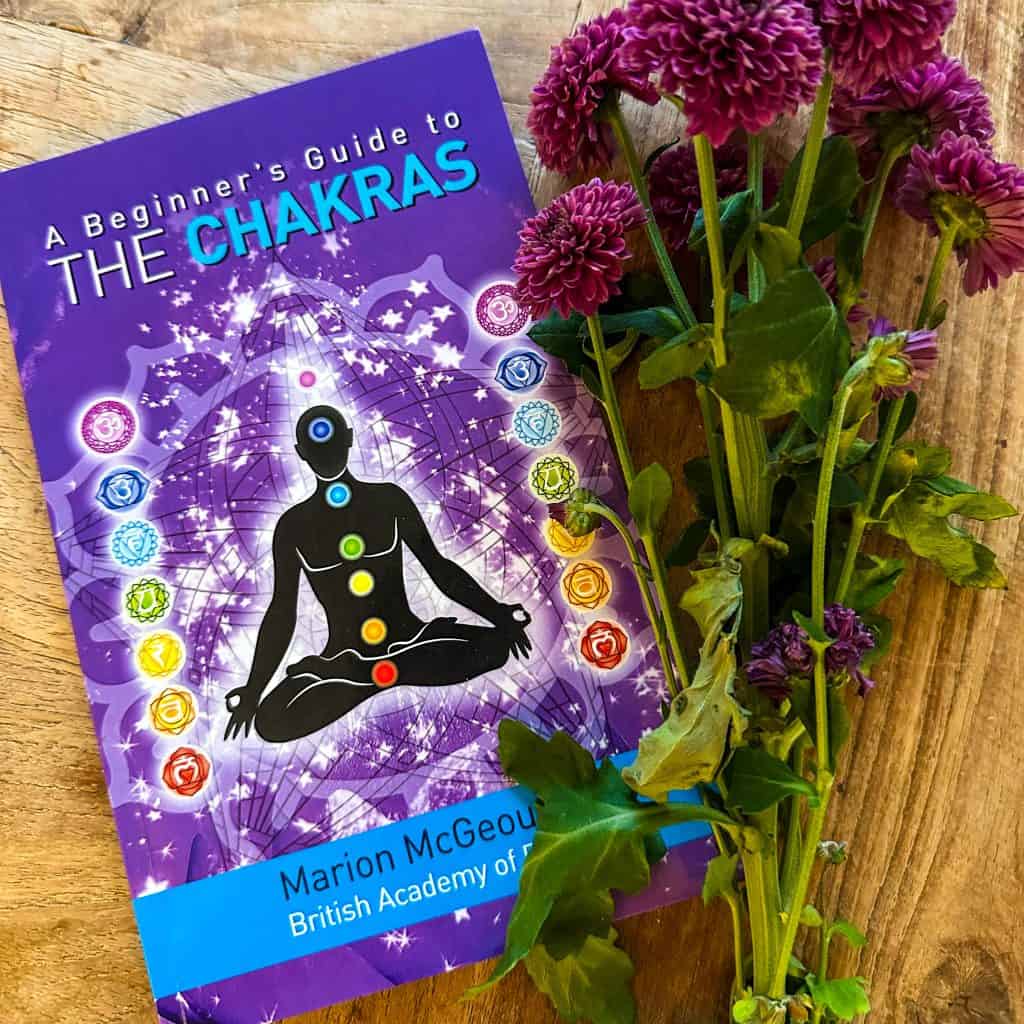
If you want to find out more about Reiki for children, or if you’re interested in starting to practice Reiki yourself, it makes a good start to read a couple of books on the subject. Here are some of the best Reiki books on offer:
Energy Healing For Children – A Simple Guide: Ease stress, anxiety, manage emotions, feel empowered. 50+ activities breathing, acupressure, meditation and more – by Dr Rebecca Ann Hemmings PhD and Adelya Artomonova
The Little Book of Reiki: A Beginner’s Guide to the Art of Energy Healing – by Stephanie Drane
Reiki For Life: The complete guide to reiki practice for levels 1, 2 & 3 – by Penelope Quest
A Beginner’s Guide to The Chakras – by Marion McGeough
Where Do I Find a Practitioner Who Practises Reiki For Kids
If you’d like to find a practitioner who practises Reiki for children, click on the link below. It will take you to a therapy directory. Listed are Reiki practitioners who are happy to work with children.
Therapy Directory – Reiki For Kids
Reiki Courses UK
If you’re interested in signing up for a UK Reiki course, take a look at the ‘Reiki Training Near Me’ link below, which will help you find somewhere. You can complete Reiki training online or in person. Reiki training is a great way to support family and friends, and can even be the start of a new sideline or full-time career.

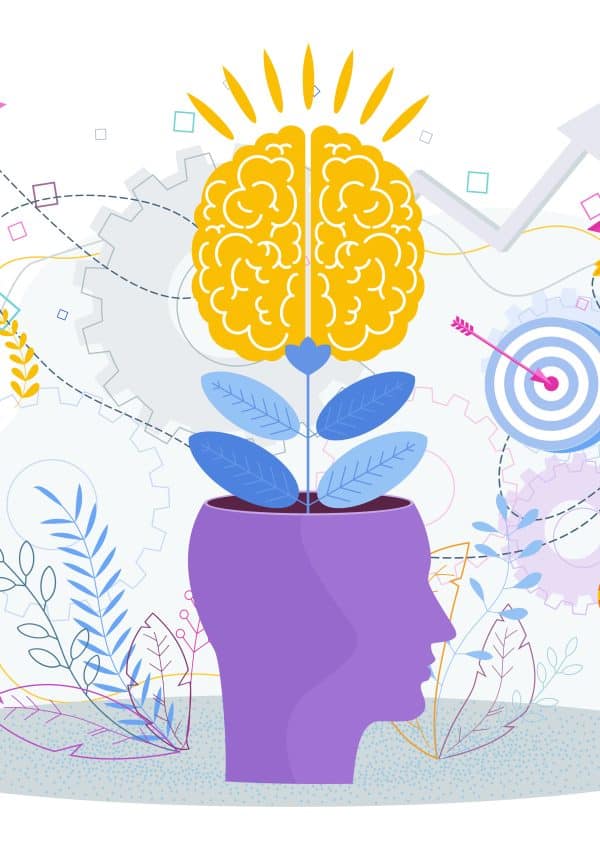
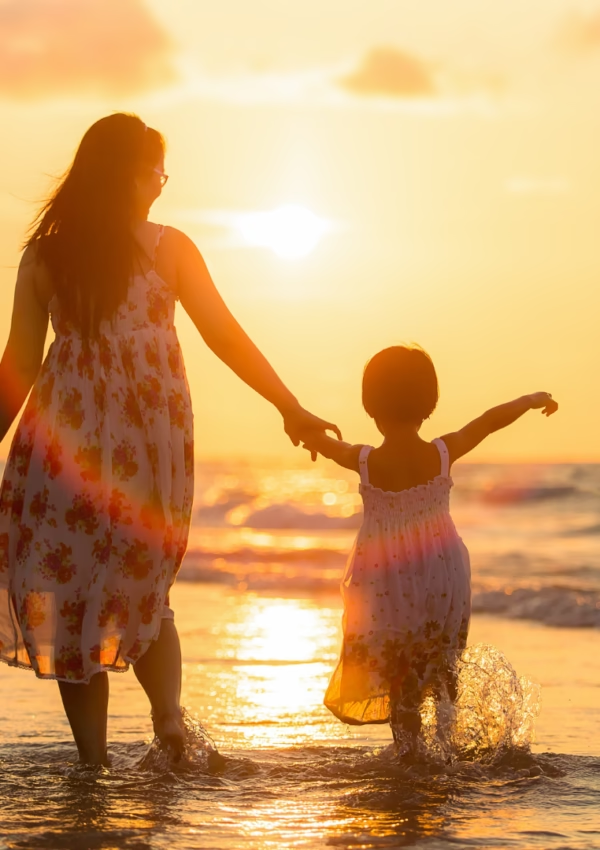

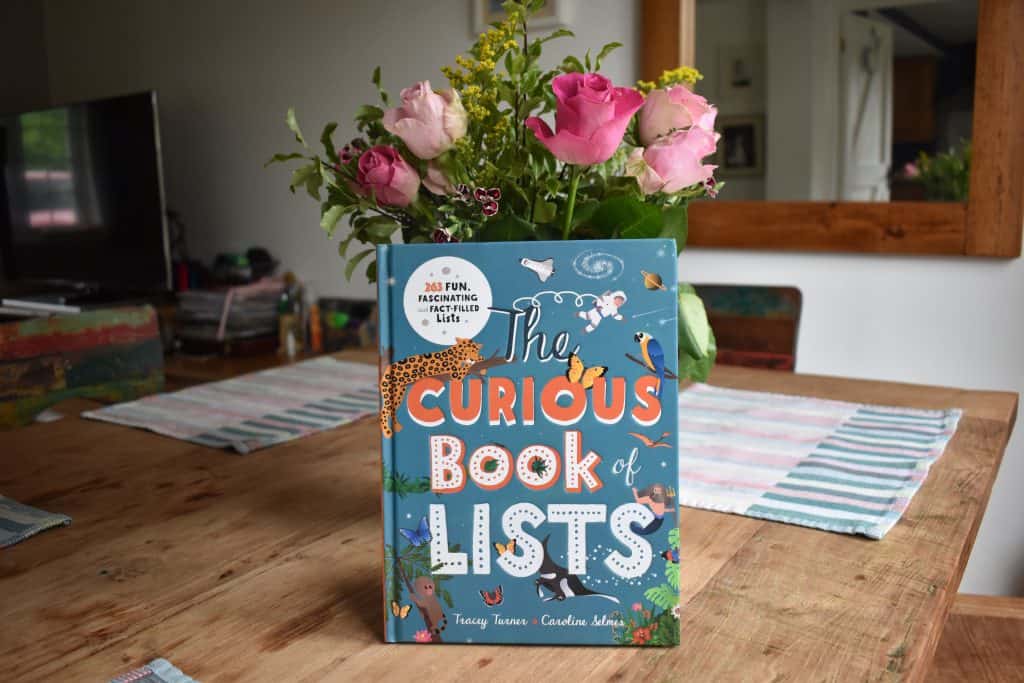
Leave a Reply
You must be logged in to post a comment.